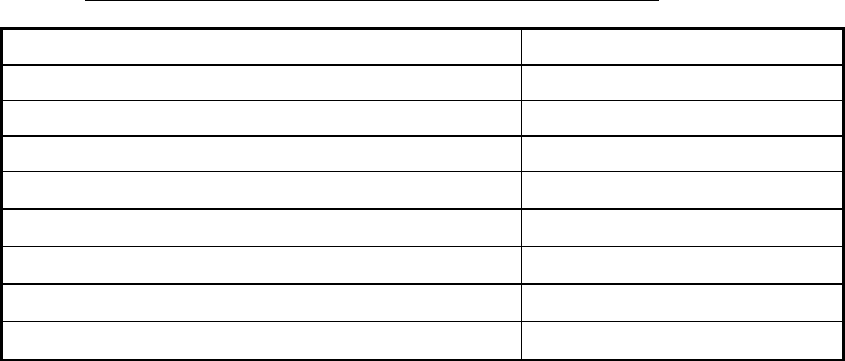
1. OPERATION
1-3
The FA-150 should be powered while underway or at anchor. The master may
switch off the AIS if he believes that the continual operation of the AIS might
compromise the safety or security of his ship. The AIS should be restarted
once the source of danger has gone.
The equipment transmits own ship static data within two minutes of start-up
and it is transmitted at six-minute intervals thereafter. Static data includes
MMSI number, IMO number, call sign, ship name, ship length and width, ship
type and GPS antenna position.
In addition to static data, ship’s dynamic data is also transmitted. This data
includes position with quality indication, SOG, COG, rate of turn, heading, etc.
Dynamic data is transmitted every 2 s to 3 min depending on ship’s speed and
course change. Voyage-related data, such as ship’s draft, hazardous cargo,
destination and estimated time of arrival, are transmitted at six-minute
intervals.
The FA-150 starts receiving data from AIS-equipped ships as soon as it is
turned on, and those ships’ location are shown on the plotter display with the
AIS symbol. (To learn more about the plotter display, see section 1.7.) With
connection of a radar or ECDIS, the AIS target symbols may be overlaid on the
radar or ECDIS.
Note 1: If no navigation sensor is installed or a sensor such as a gyrocompass
has failed, the AIS automatically transmits “not available” data to AIS-equipped
ships.
Note 2:
The reporting intervals are as follows:
Ship’s dynamic conditions and nominal reporting interval
Ship’s navigation status Nominal reporting interval
Ship at anchor and not moving faster than 3 kn 3 minutes
Ship at anchor and moving faster than 3 kn 10 seconds
Ship speed 0-14 kn 10 seconds
Ship speed 0-14 kn and changing course
3 1/3 seconds
Ship speed 14-23 kn
6 seconds
Ship speed 14-23 kn and changing course
2 seconds
Ship speed faster than 23 kn
2 seconds
Ship speed faster than 23 kn and changing course
2 seconds


















